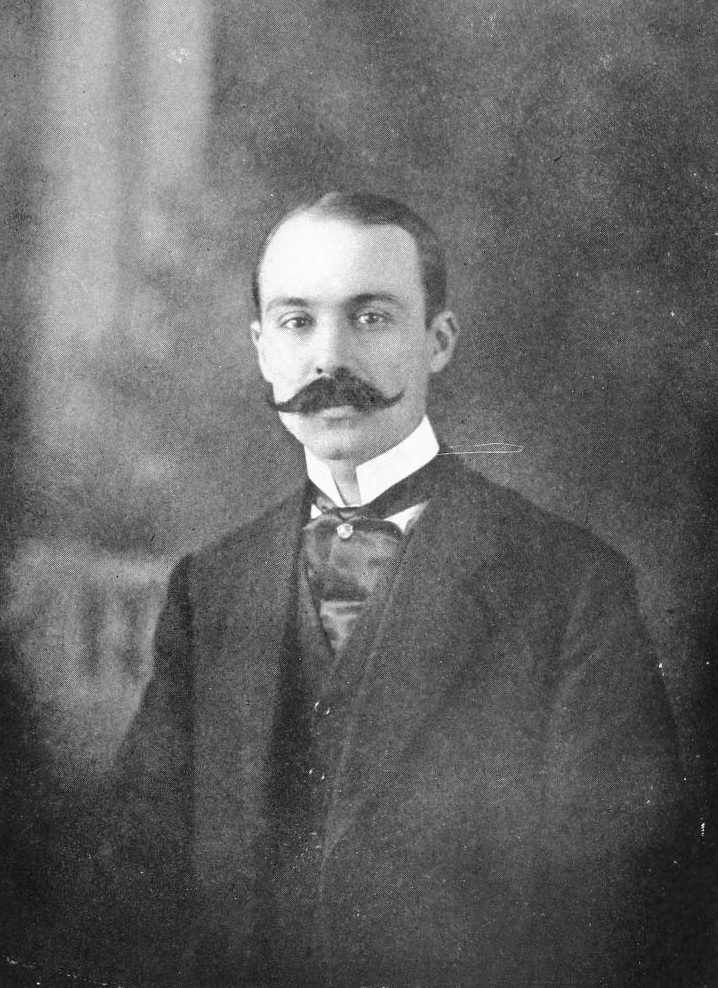|
Homogyna
''Homogyna'' is a genus of moths in the family Sesiidae. Species *'' Homogyna alluaudi'' Le Cerf, 1911 *'' Homogyna bartschi'' de Freina, 2011 *'' Homogyna ignivittata'' Hampson, 1919 *'' Homogyna pythes'' (Druce, 1899) *'' Homogyna sanguicosta'' Hampson, 1919 *'' Homogyna sanguipennis'' (Meyrick, 1926) *'' Homogyna xanthophora'' (Hampson, 1910) *'' Homogyna pygmaea'' (Rebel, 1899) *'' Homogyna endopyra'' (Hampson, 1910) *'' Homogyna spadicicorpus'' Prout, 1919 References Sesiidae {{Sesiidae-stub ... [...More Info...] [...Related Items...] OR: [Wikipedia] [Google] [Baidu] |
Homogyna Ignivittata
''Homogyna ignivittata'' is a moth of the family Sesiidae. It is found in Mpumalanga, Mpumalanga, South Africa. References Endemic moths of South Africa Sesiidae Moths of Africa Moths described in 1919 {{Sesiidae-stub ... [...More Info...] [...Related Items...] OR: [Wikipedia] [Google] [Baidu] |
Homogyna Alluaudi
''Homogyna alluaudi'' is a moth of the family Sesiidae. It is known from Kenya. References Endemic moths of Kenya Sesiidae Moths of Africa Moths described in 1911 {{Sesiidae-stub ... [...More Info...] [...Related Items...] OR: [Wikipedia] [Google] [Baidu] |
Homogyna Bartschi
''Homogyna bartschi'' is a moth of the family Sesiidae. It is known from South Africa. References Endemic moths of South Africa Sesiidae Moths of Africa Moths described in 2011 {{Sesiidae-stub ... [...More Info...] [...Related Items...] OR: [Wikipedia] [Google] [Baidu] |
Homogyna Pythes
''Homogyna pythes'' is a moth of the family Sesiidae first described by Herbert Druce in 1899. It is known from South Africa. References Endemic moths of South Africa Sesiidae Moths of Africa Moths described in 1899 {{Sesiidae-stub ... [...More Info...] [...Related Items...] OR: [Wikipedia] [Google] [Baidu] |
Homogyna Sanguicosta
''Homogyna sanguicosta'' is a moth of the family Sesiidae. It is known from Cameroon, Zambia and Zimbabwe. References Sesiidae Lepidoptera of Cameroon Lepidoptera of Zambia Lepidoptera of Zimbabwe Moths of Sub-Saharan Africa Moths described in 1919 {{Sesiidae-stub ... [...More Info...] [...Related Items...] OR: [Wikipedia] [Google] [Baidu] |
Homogyna Sanguipennis
''Homogyna sanguipennis'' is a moth of the family Sesiidae. It is most commonly found in Southern Africa. References Sesiidae Moths of Africa Moths described in 1926 {{Sesiidae-stub ... [...More Info...] [...Related Items...] OR: [Wikipedia] [Google] [Baidu] |
Homogyna Xanthophora
''Homogyna xanthophora'' is a moth of the family Sesiidae. It is known from South Africa. References Endemic moths of South Africa Sesiidae Moths of Africa Moths described in 1910 {{Sesiidae-stub ... [...More Info...] [...Related Items...] OR: [Wikipedia] [Google] [Baidu] |
Homogyna Endopyra
''Homogyna endopyra'' is a moth of the family Sesiidae. It is known from South Africa. References Endemic moths of South Africa Sesiidae Moths of Africa Moths described in 1910 {{Sesiidae-stub ... [...More Info...] [...Related Items...] OR: [Wikipedia] [Google] [Baidu] |
Homogyna Spadicicorpus
''Homogyna spadicicorpus'' is a moth of the family Sesiidae. It is known from Zambia. References Endemic fauna of Zambia Sesiidae Fauna of Zambia Moths of Africa Moths described in 1919 {{Sesiidae-stub ... [...More Info...] [...Related Items...] OR: [Wikipedia] [Google] [Baidu] |
Sesiidae
The Sesiidae or clearwing moths are a diurnal moth family in the order Lepidoptera known for their Batesian mimicry in both appearance and behaviour of various Hymenoptera. The family consists of 165 genera spread over two subfamilies, containing in total 1525 species and 49 subspecies, most of which occur in the tropics, though there are many species in the Holarctic region as well, including over a hundred species known to occur in Europe. Morphology Sesiidae are characterized by their hymenopteriform Batesian mimicry, frequently of identifiable species. Most species of Sesiidae have wings with areas where scales are nearly completely absent, resulting in partial, marked transparency. Forewings are commonly elongated and narrow in the basal half. In many species, the abdomen is elongated, with an anal tuft, and striped or ringed yellow, red or white, sometimes very brightly so. Legs are long, thin and frequently coloured, and in some species the hind-legs are elongated. In ... [...More Info...] [...Related Items...] OR: [Wikipedia] [Google] [Baidu] |
Ferdinand Le Cerf
Ferdinand Le Cerf (3 October 1881, Paris – 1945, Paris) was a French entomologist who specialised in Lepidoptera. He was a ''préparateur'' or technician in the entomological laboratories of Muséum national d'histoire naturelle in Paris (where his collections are preserved). He wrote three volumes on Lepidoptera in the '' Encyclopedie Entomologique'' (Lechevalier Paris 1926, 1927 and 1929) and many scientific papers in the ''Bulletin of the Société entomologique de France The Société entomologique de France, or French Entomological Society, is devoted to the study of insects. The society was founded in 1832 in Paris, France. The society was created by eighteen Parisian entomologists on January 31, 1832. The first ...'' of which he was a member. A room within the Paris Museum was until recently dedicated to him, but was disassembled in the 2010s. References * Anonymous (1945). e Cerf, F.''Graellsia''. 3: 173. * Anonymous (1945). e Cerf, F.''Entomological News''. 56: 259 ... [...More Info...] [...Related Items...] OR: [Wikipedia] [Google] [Baidu] |

